[ page 1 ]
Sukhoi SU-17/22 "Fitter" plastic scale models in 1/72 scale: Bilek /
modelling report

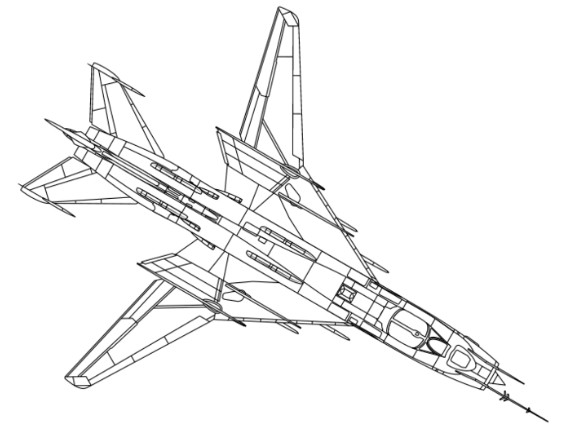
The Soviet aircraft design buro Sukhoi OKB developed the Su-17 fighter in the 1960s. Experience with the SU-7 was used and the design got a variable sweep wing bomber and a single Lyulka AL-7 engine. Eventually quite some variants were developed. First flight of the S-22l was August 1966. It got the NATO code name "Fitter".
The SU-17 "Fitter C" was the first production version; the export version was the SU-20.
The SU-17M2 "Fitter-D" got a longer drooped nose and laser target seeker and first flew in 1973. The SU-17UM was the two seat trainer and first flew in 1975. The export version SU-22M had a R-29 engine. The SU-17M3 Fitter-H was an export version and manufactured from 1976 and the trainer was the SU-22UM3K with AL-21 engine. The SU-17M4 Fitter-K was the final version with various updated systems and first flew in 1980 and the export version was the SU-22M4.
The type was also used by many Warsaw Pact air forces but also exported to Soviet influenced countries. Over 2,800 Fitters were manufactured.
Data SU-17M4: length 19,02 m; wing span 13,68 with spread wings; Max speed about 1400 km/hr MACH 1,1; combat range 1150 km. Two 30 mm guns and up to 12 hardpoints/ pylons for up to 4,000 kg weaponry.
page 2
page 3
Various Sukhoi Su-17/22 kits were released in 1/72 scale.
NOTE: after the here described models were completed, in 2025 a brand new 1/72 Modelsvit SU-22UM3K kit was released under a IBG models label which far exceeds in quality any of the older kits.
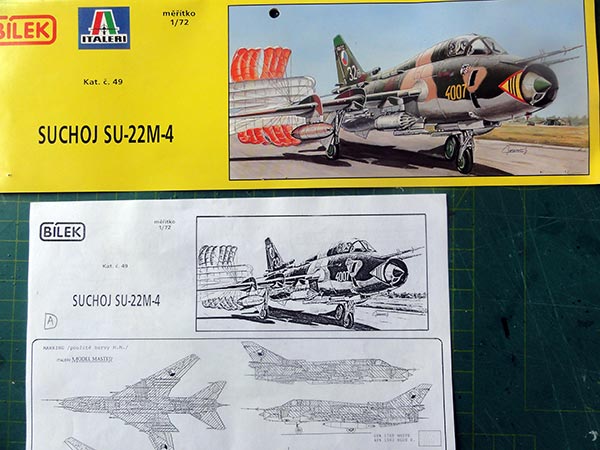
Bilek from (than) Tsjechoslovakia released their 1/72 "Suchoj" SU-22M4 kit #49 in 1994; another release was kit #936.
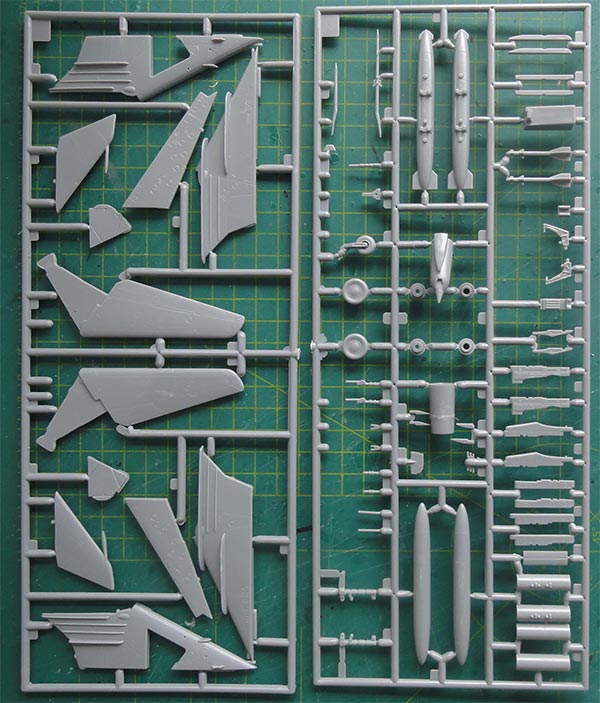
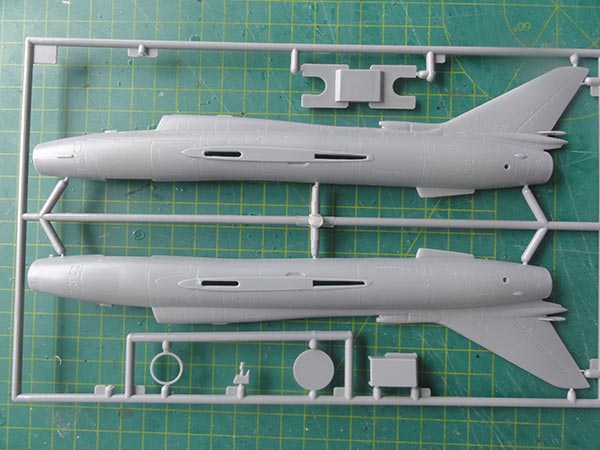
The kit parts are in very light grey plastic with some 65 parts and have engraved panel lines the assembly needs sanding and putty. The details are quite acceptable, certainly for a year 1994 kit. You also get quite a lot of stores/ weaponry though the rocket pods look a bit crude. The 4 ASO-2 IRCM flare dispensor racks on the fuselage are also provided.
The windshield and canopy are separate and a few landing lights are also provided.
The blow-in doors at the lower forward fuselage are always seen opened up a bit on parked or taking off or taxiing jets. The kit parts show them closed.
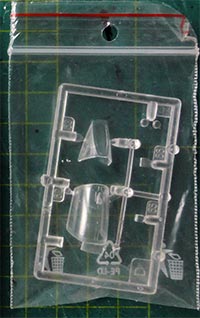
The instructions are clear but a bit compact. They also show where to install any fuselage hardpoints. Some holes need to be drilled.
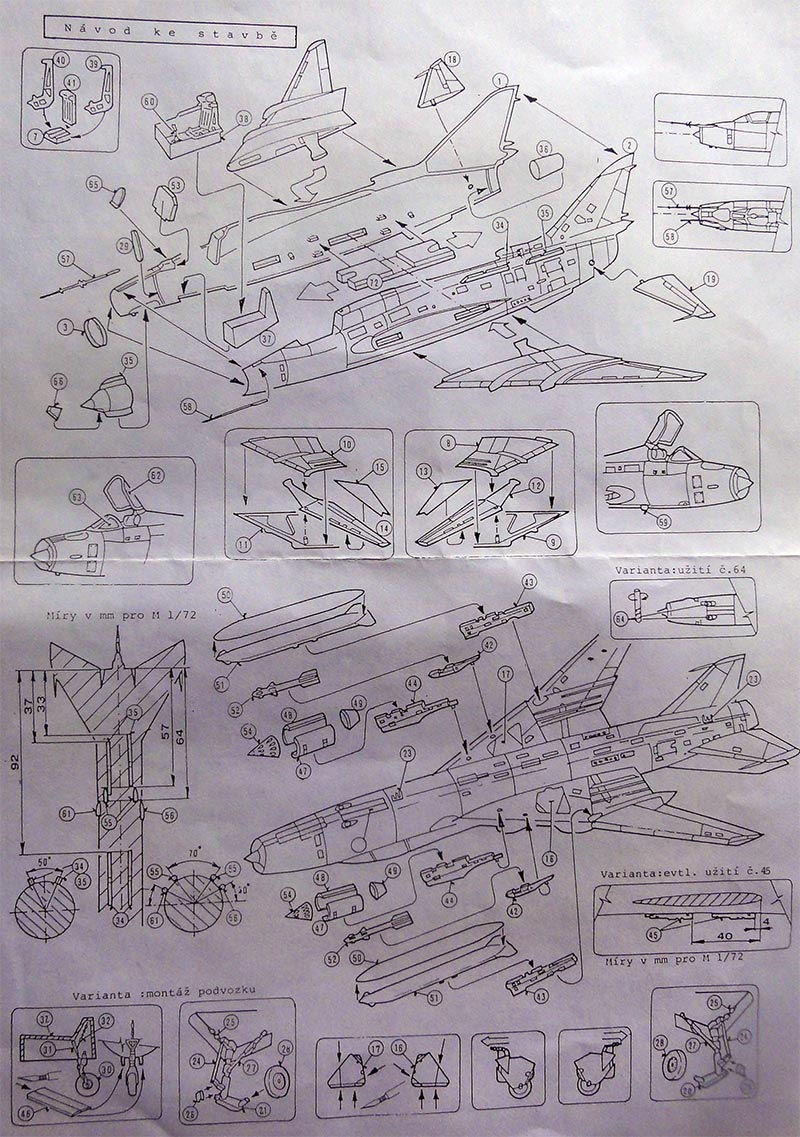
The decals in 1/72 kit are for these 2:
- SU-22M4 of the Tsjechia air force in a camouflage scheme.
- SU-22M4 of the Slovakia air force; this scheme will be made for this model.
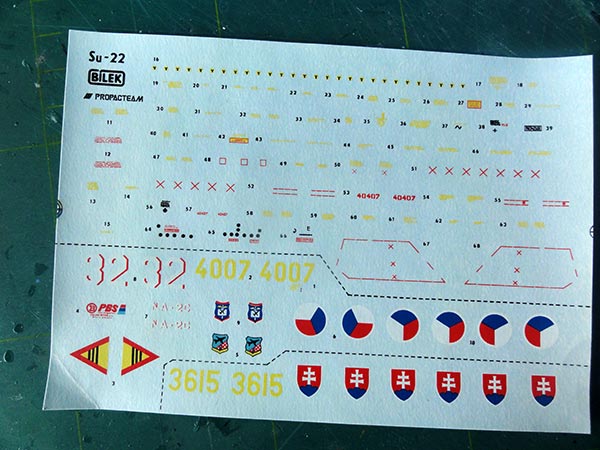
My kit was quite old so the decals became very vulnerable and disintegrate quickly; use a liquid decal film to keep them together and use other after market decal sets.
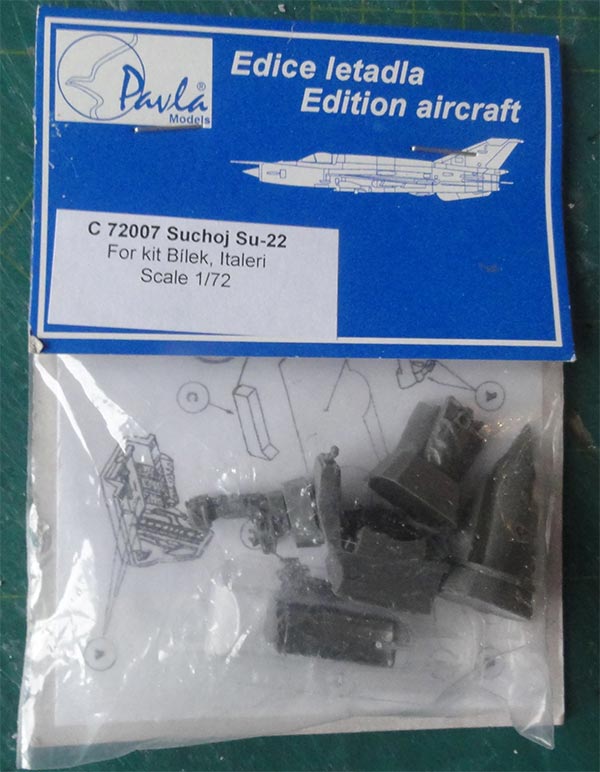
I had a few PAVLA resin after market sets C 72007 with some resin parts. Some of these will be used. One set has grey and the other yellow parts, I bought them at different periodes. A K-36 seat is included.
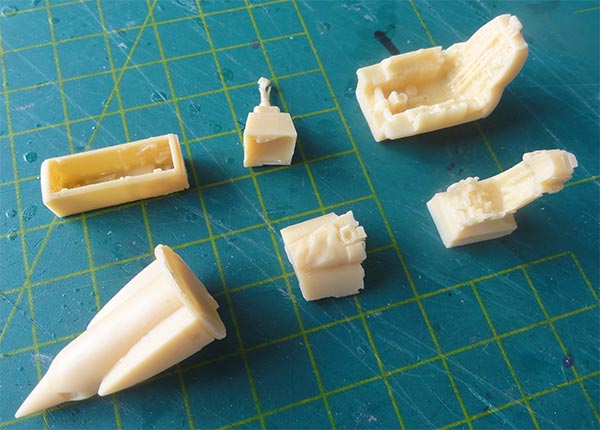
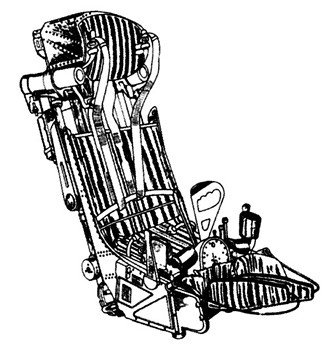
Otherwise the kit will be made rather straight out of the box but with different paints.
A PAVLA resin cockpit set with nose gear bay was installed. Some plastic from the kit had to be removed.
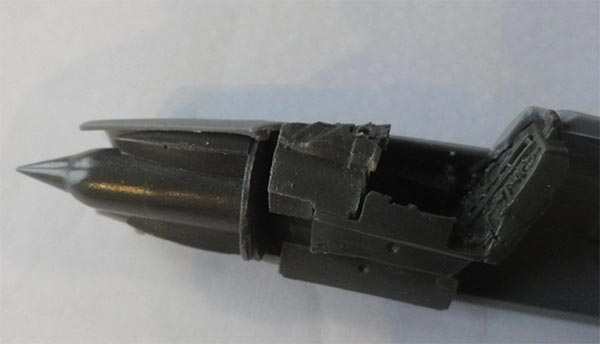
The variable sweep wing can be kept movable but I opted to set it fixed. The inside part #12 was not used and the wing halves can be installed later on. The fuselage had the PAVLA set with the deep nose gear bay. Fuselage assembly needed sanding and putty.
The outher wings needed some sanding on the insides of parts #13 and #14 to set these flush. The main gear bays have some engraved and raised details that look as seen in the real jet.
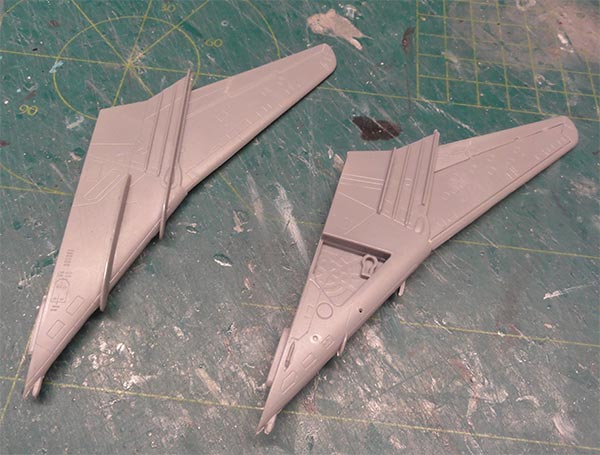
Joining the fixed wing inboard sections with the fuselage needed consirable putty and sanding. The horizontal tailplanes were not yet installed.
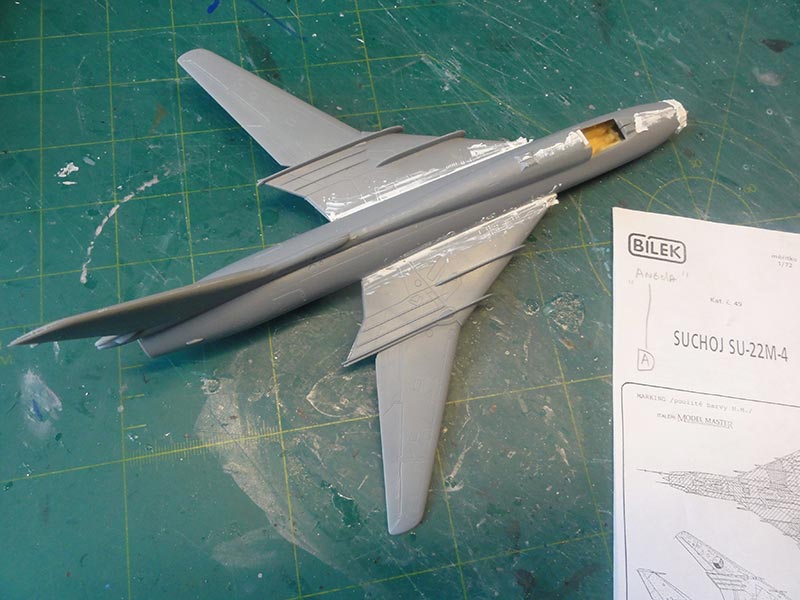
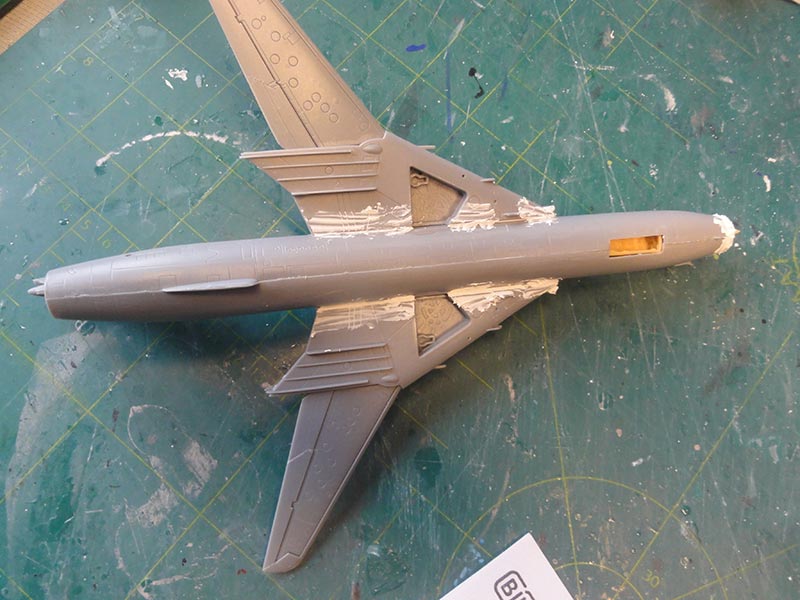
It is a good idea to decide if any and which hardpoints to install before painting. Do not set yet the thin nose pitots #58 and sensors #57, they will be refined later on. The windscreen was also not yet installed. Tiny gaps at nose bay were filled with white glue.
At the lower wing halves, the gaps at the tips were filled as well. Sand all.
Next the 4 ASO-2 IRCM flare dispensor rack parts #33, 34 were set on the fuselage. The outboard wing halves were set fixed swivelled foreward.
A base grey colour base was airbrushed with my favourite Revell Aqua 75 steingrau. Thin this thick acrylic paint with 50% demineralized water + 10% IPA (IsoPropylAlcohol).
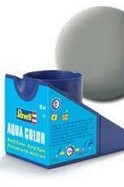
Repair any flaws with putty and sand again. When all looked OK...
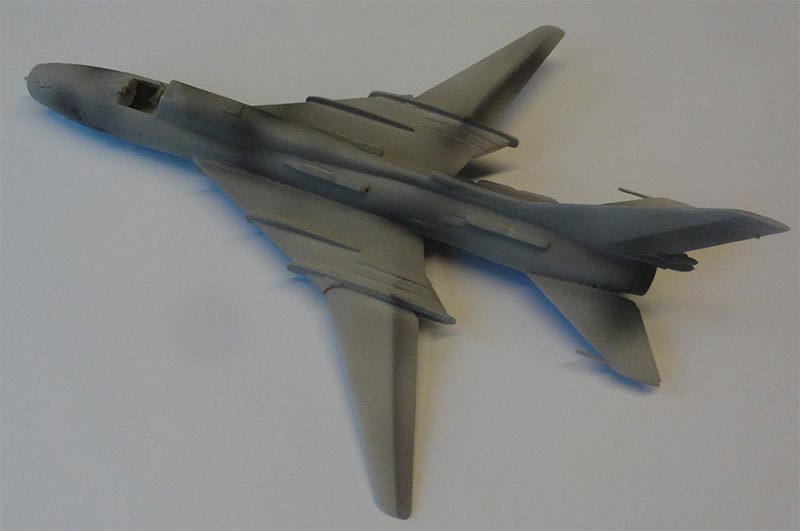
... a few paint strakes with mat black were applied to add a bit depth to the camouflage scheme.
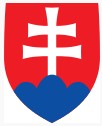
The 1/72 model would be made in a Slovakia Air Force SU-22M4 using many of the kit decals. Bilek indicates the colours are in Modelmaster/ Italeri. The lower surfaces in russian light blue are suggested as 60% 1768 white + 40% 1562 blue.
I opted to airbrush other acrylic paints. The lower surfaces a mix of blue and white "russian blue". AKAN 73008 is a good paint but I ran out of this so matched a Revell Aqua mix with 80% white and 20% blue/ blau 752.
For the upper Slovakian camouflage scheme:
- brown Revell Aqua 381
- flat tan Gunze Sangyo Mr.Color 72
- light green about Gunze 312
- dark green Gunze 309.
At the wing "swivelling areas", after masking, dull aluminium was airbrused. The rear fuselage area at the exhaust was hand painted burned metal.
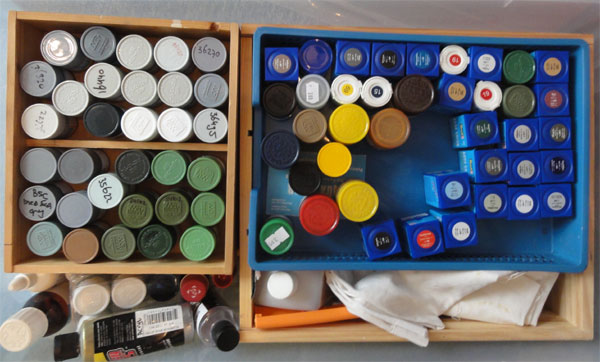
The de-electric panels and nose radar cone were brush painted about Gunze H6.
The main gear was set as per kit but with some extra hydraulics later. The nose gear leg #30 is a bit basic. The "fork" in the strut was drilled open. The gear struts were painted light grey.
The wheel doors are to be separated as they are in a single part (to enable gear up option). All these doors were sanded thinner but I did not bother to add details on their insides. The gear bays were hand painted light blue (also sometimes dull aluminium) on their insides just like the insidess of gear doors.
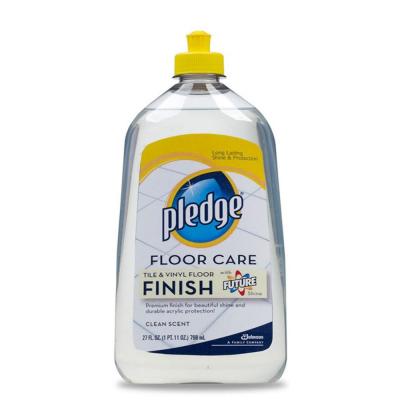
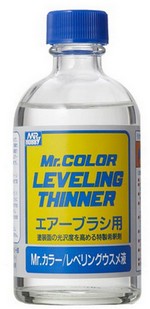
When dried an overall gloss varnish coat was airbrushed of Johnson Future/ Pledge thinned with 10% Gunze Sangyo Mr.Color Leveling Thinner for a better flow. This provides a good gloss surface before setting any decals.
The decals were a mix of the Bilek kit decals and stencilling from other kits and a HiDecal Line set. The kit decals tend to break apart. Use a decal film or be very careful.
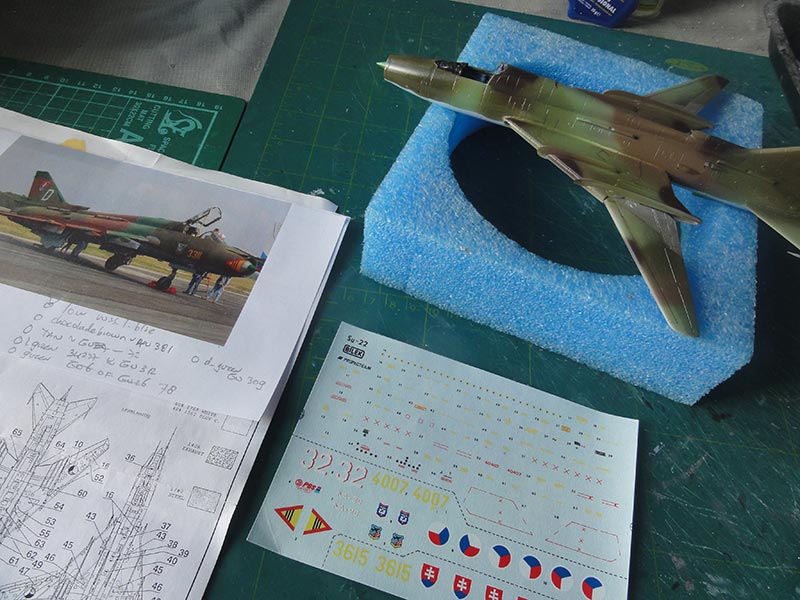
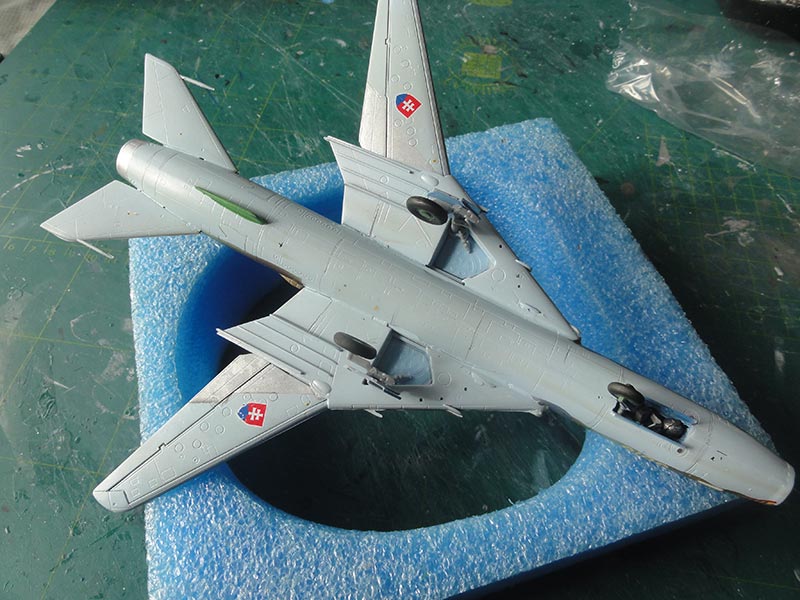
The anti-flutter weights at the stabilizers are well visible.
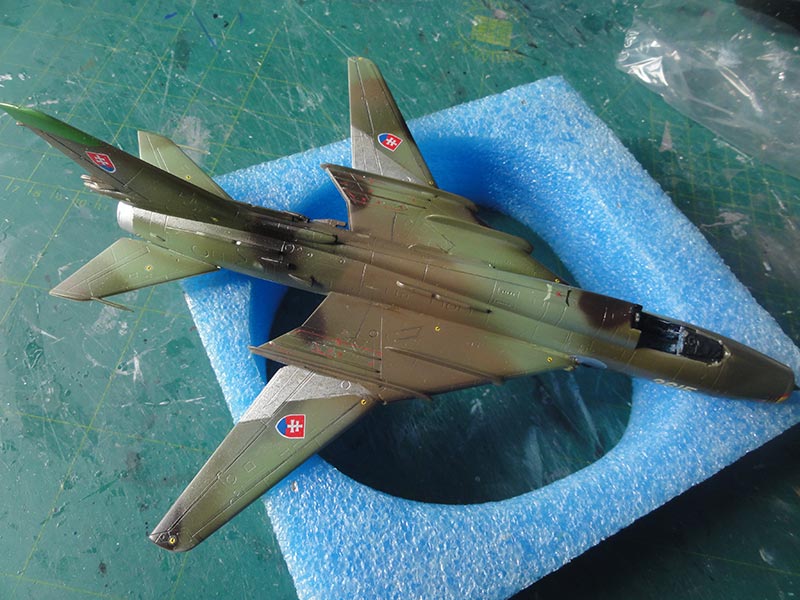
After decalling was done, I painted the cockpit interior a mix of light grey with a drop of blue. (AKAN A228 can also be used).
Next the landing gears were installed. The struts are basic but adequate. The gear strut colours vary I think, these were painted light grey and the oleos Vallejo Chrome 77.7097.
The wheel tyres were airbrushed tyre black and the hubs painted "russian green". I added later on a few hydraulic pipes from thin metal wire to add some extra details on the gear struts and gear bay insides.
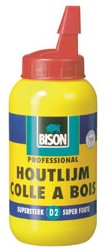
The nose pitot and sensors are a bit crude and will be replaced, more about that later on.
At the wing tips and tails, the small anti-collision lights were painted (red port and blue starboard).
The 4 ASO-2 IRCM flare dispensor racks parts got aluminium painted details.
The 2 plastic gun barrels were replaced with 2 metal bits of a metal needle and set in place with superglue. The adjacent leading edges were painted gun silver. For the oval gun blast panels, aluminium decals cut in shape were set and a bit weathered with gun metal.
The (retractable) landing lights next to the nose bay where also made with punched disks from aluminium foil. A Waldron punch & die set was used here.
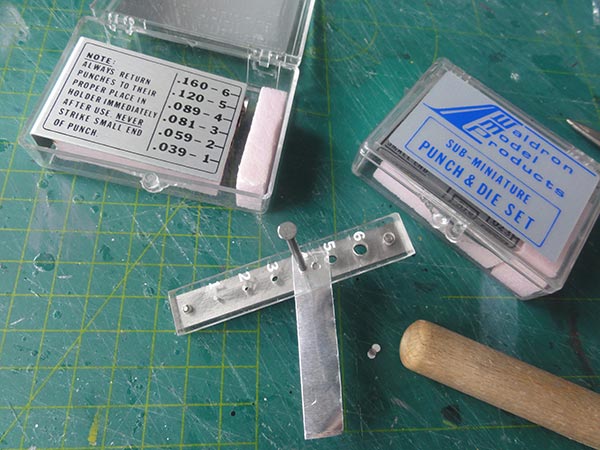
The PAVLA resin cockpit set had been installed earlier and the resin K-36 seat part painted tyre black and installed after it had gotten a few straps painted.
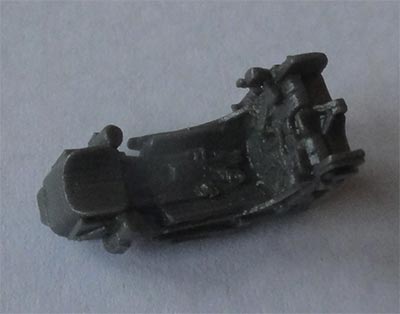
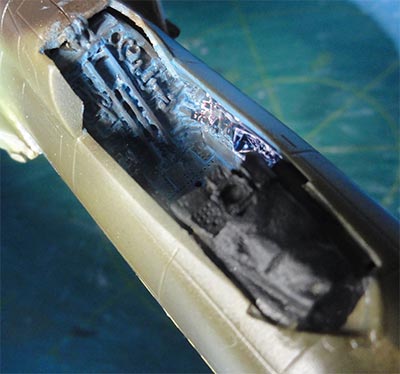

The windshield was installed after it got the frames hand painted. Some white glue closed any tiny gaps.
The main canopy was to be set open. It has a central frame with a rear view mirror fairing, this was painted. At the mirror, a metal bit from aluminium foil was set. At the front canopy frame, two small mirrors were added made from scrap etched metal bits.
The blow-in doors at the lower forward fuselage are always seen opened up a bit on parked or taking off or taxiing jets. The kit parts show them closed. To suggest these the rear vertical lines of the engraved two panels got a thin black line painted to suggest the gaps.
It was decided to set a few stores/ weaponry on the hardpoints. A few S-24 unguided air to surface missiles on APU-68UM3 launchers. At a port pylon a V-141 ECM pod. These were found in the Italeri/ Bilek SU-22UM kit release #052.
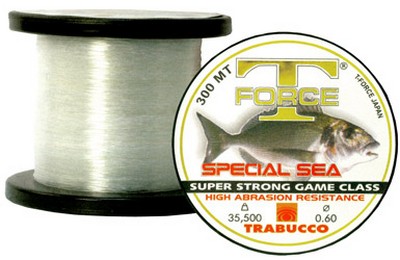
The 7 small about 3 millimeter long static dischargers at wing tips, stabilizers and tail were made from bits of fishing line and set with superglue on the lower surfaces at the trailng edges. Paint with a fine brush.
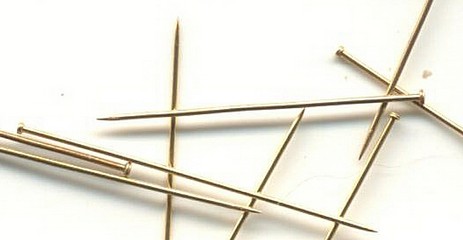
The kit parts for the pair of pitot tubes on the nose are a bit crude.
The fuselage pitot fairings were used from the kit and the front pitot parts replaced with 2 metal needles and the small vanes made from etched metal bits. All was glued with superglue and set on the nose.
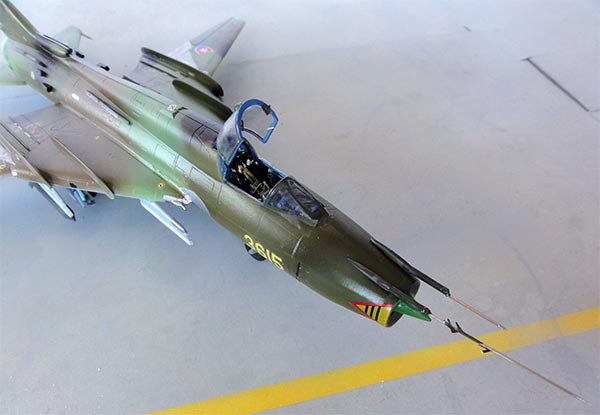
For the final finish, only some slight weathering with "wash" was applied at moving surface' recesses, gears and bays with Promodeller "dark" wash, but other techniques can also be used such as very tinned varnish (Future) with a drop of black acrylic paint.
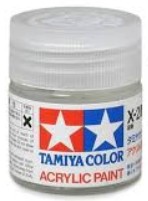

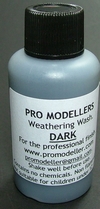
When dried an overall semi-matt varnish coat was airbrushed of again Johnson Future/ Pledge with 10% X-21 "flat base" with the usual technique. Add a few drops of Mr.Color Leveling Thinner. Shield of the windscreen when airbrushing this clear coat. That completed the model.
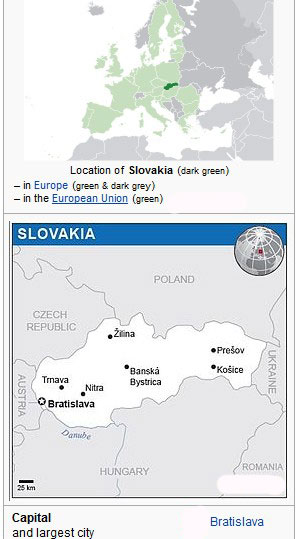


[area: 49,035 km2 | population: 5,4 million | capital: Bratislava | GDP per capita nominal: 20,000 Euro ]
Slovakia became independent again after the collapse of the Eastern Block with the split with Czechia in 1993. The air force aircraft were split as well. SU-22 Fitters, MiG-29 fighters along with L-29 and L-39 jet trainers and some transport aircraft and helicopters.
See for more information about this air force the page here...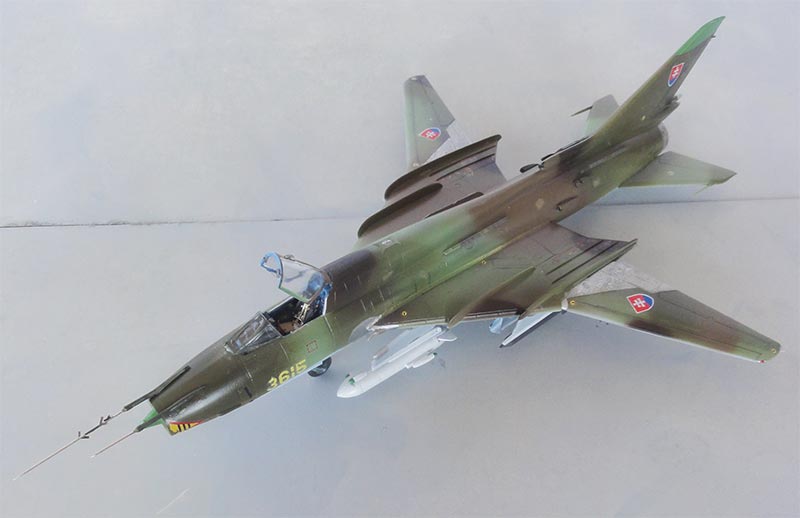
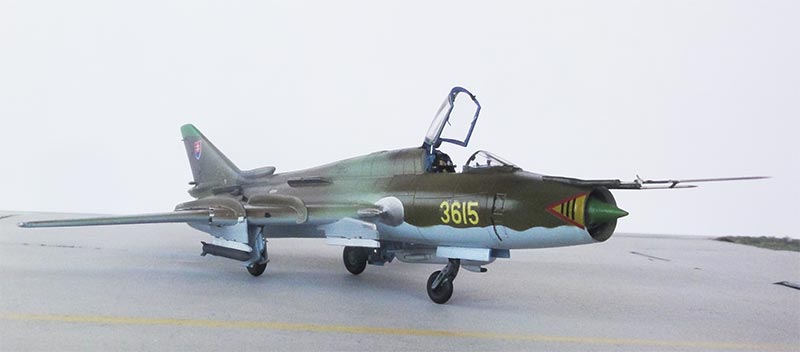
... in a scenery...

Another 1/72 Bilek SU-22M4 kit #49 was made. It was build in a similar way as described above but now in a Vietnam People's air force scheme.

The few Vietnam national markings came from the spares box. The smaller stencils were used from the kit. It is unclear what the "language" is of these stencils for the maintenance crew but in this scale is acceptable. The 4 ASO-2 IRCM flare dispensor rack parts #33, 34 were set on the fuselage.
The main upper colour is blue of unknown specification. I airbrushed thinned Sky Blue with Gunze Sangyo Mr.Color H323 acrylic paint.
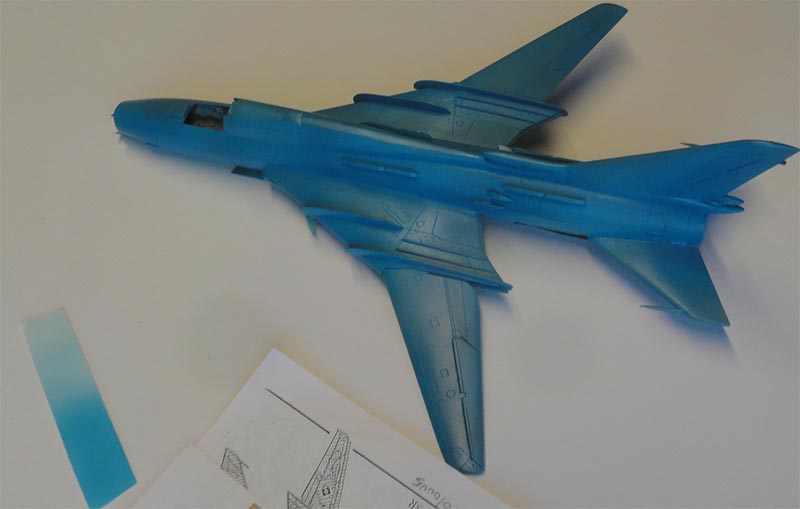
The lower surfaces a mix of blue and white "russian blue". AKAN 73008 is a good paint but I ran out of this so matched a Revell Aqua mix of 80% white and 20% blau 752. The de-electric panels and nose radar cone were brush painted about Gunze H6 including the vertical tail leading edge. The wing "swivelling" areas were masked and airbrushed dull aluminium.
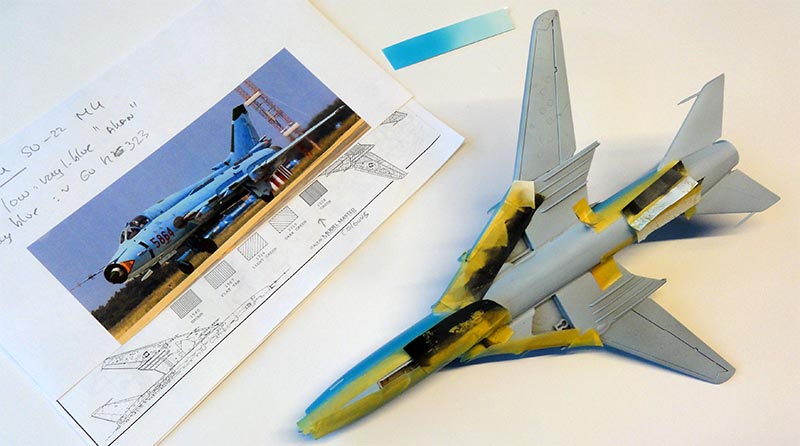
After a gloss coat had been airbrushed, decalling was done. Landing gear and smaller bits were installed.
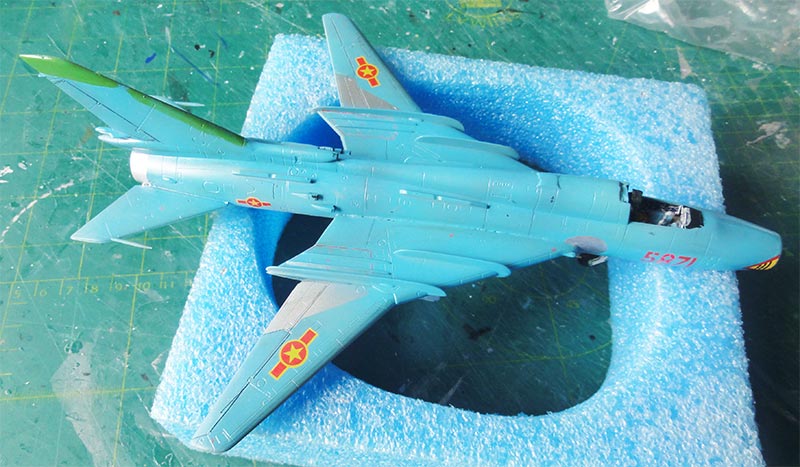
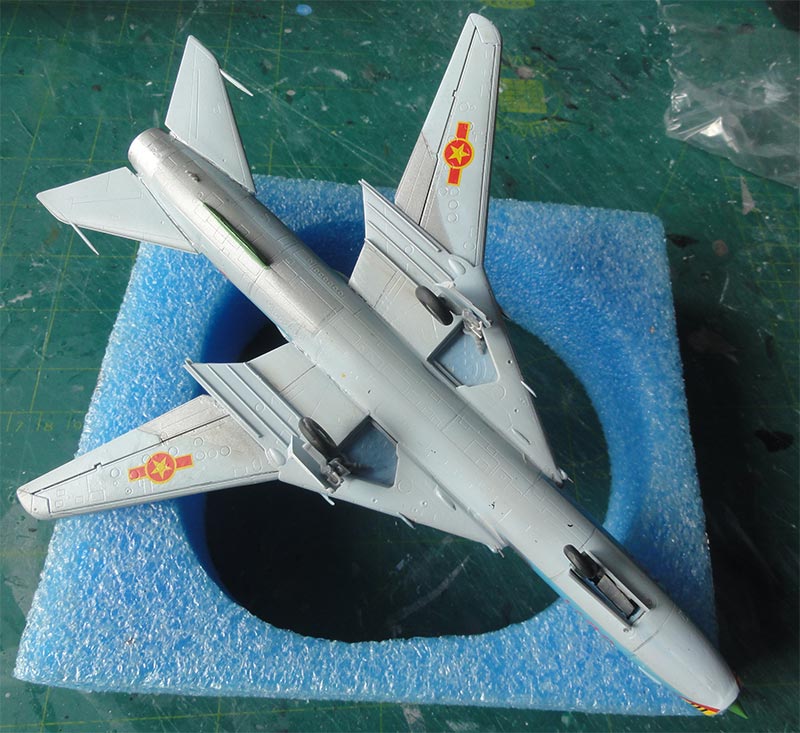
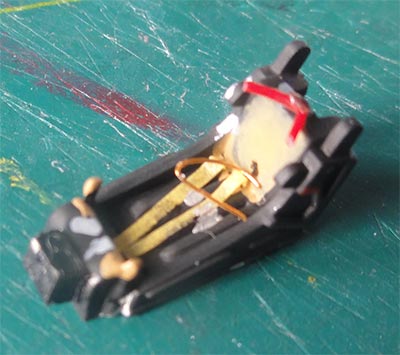
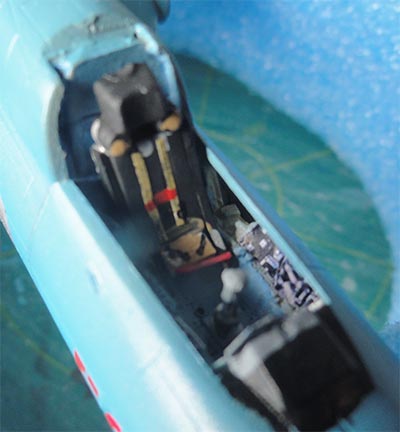
The seat part from the kit used and a bit detailed with straps made from tape. It should look like a K-36 seat. On the side consoles and instrument panel some instrument decals were set from the spares box.

Only a large KKR-1TE reconnaissance pod was set below the center fuselage. It came from a Bilek/ Italeri SU-22 UM kit #052. It was painted light grey and got a few grey panels with decals to suggest the camera hatches.
The blow-in doors at the lower forward fuselage were suggested with thin black lines painted to suggest the gaps. The guns were refined.
The kit parts for the pitot tubes were replaced, again made with needles and bits and installed.
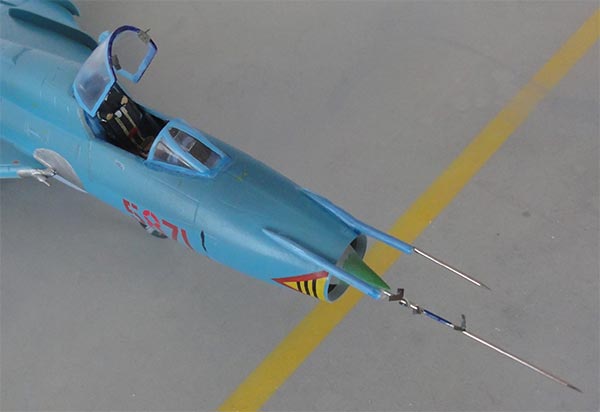
An overall semi-matt varnish coat was airbrushed as described earlier.
Vietnam
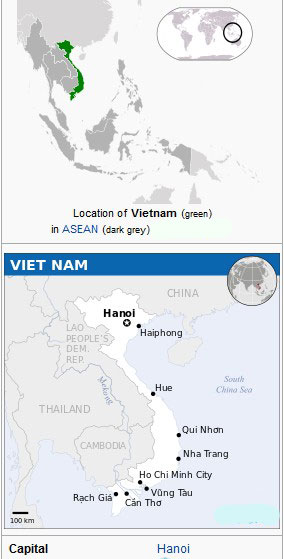


[Vietnam after 1975>> area: 331,700 sq.km | population: 97 million | capital: Hanoi | GDP USD 3,500 per capita nominal ]
The Vietnam People's air force (Không quân Nhân dân Việt Nam) had 3 regiments operating from 1980 over 70 SU-22M3K and SU-22M4 Fitters. These have also been upgraded between 1996 - 1998.
For more information about this air force look at the MiG-19 page here...
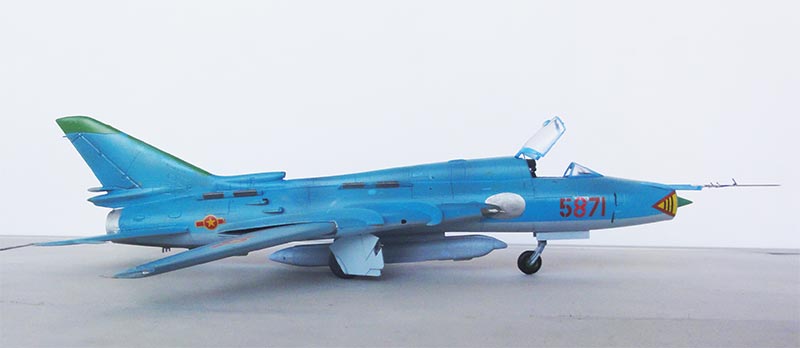
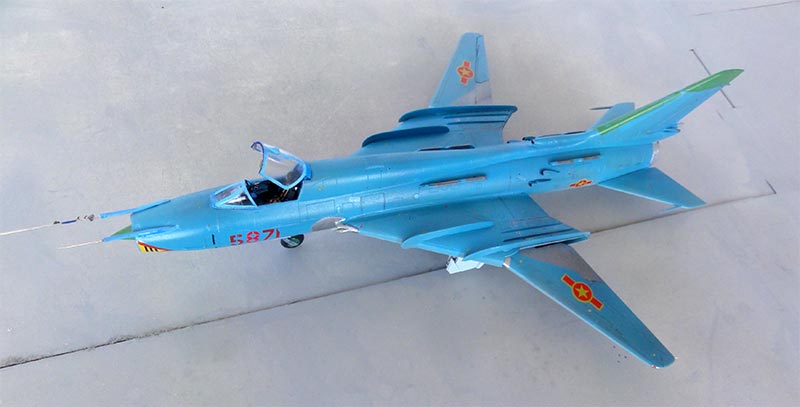
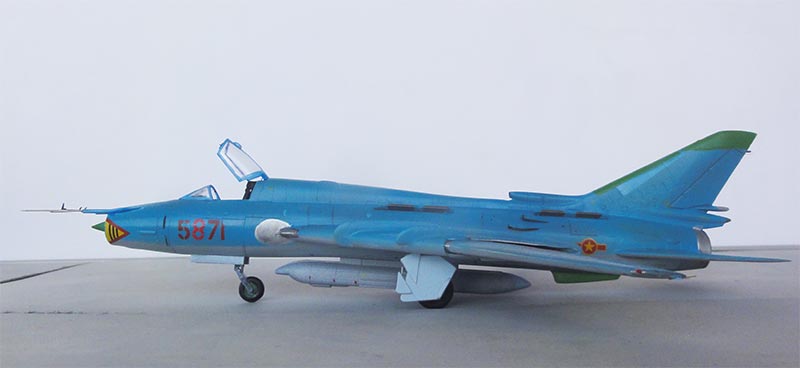
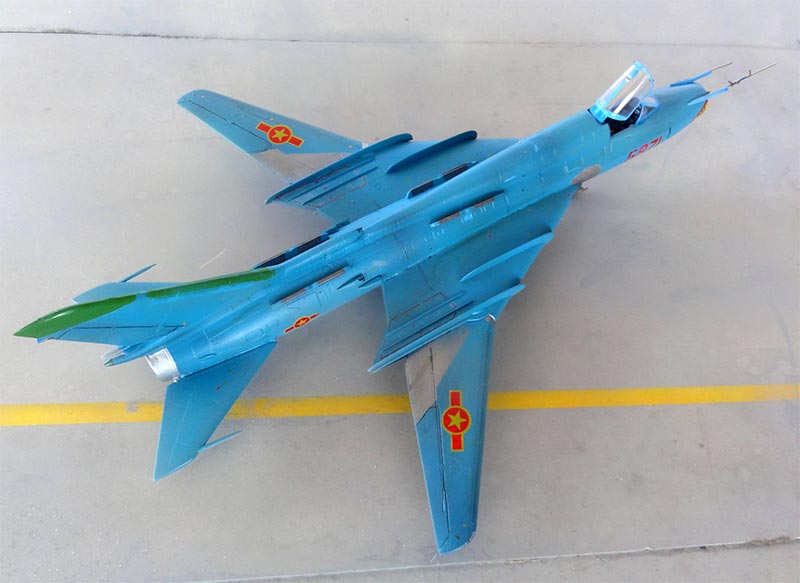
... in a scenery....
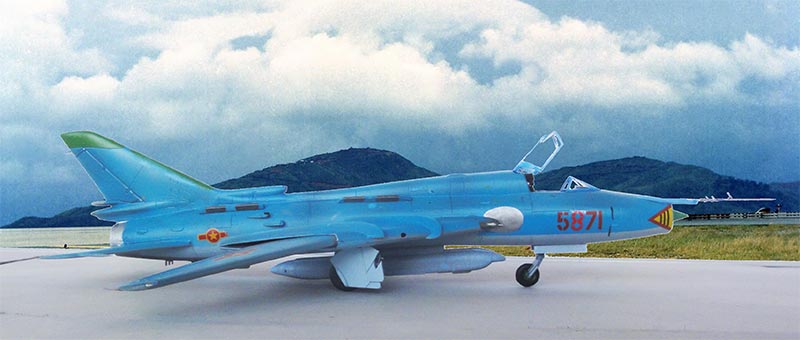

Another 1/72 Bilek kit was made, now kit release Sukhoi SU-17 "Fitter H" #936. It was build in a similar way as described above but now in an Afghanistan air force scheme.
The kit #936 has decals for 3 schemes:
-1- SU-17 Afghanistan flown 1988/1989 with camouflage scheme; Bilek suggests Model Master enamels: 1524 green, 1701 brown, 1702 drab, 1567 tan.
-2- SU-17 Soviet Union (SSSR/ CCCP) flown in 1989;
-3- SU-17 German Democratic Republic (DDR) flown 1988;
As these jets were exported, their SU-17 designation would I think be SU-22 M4.
Establishing the colours for the model of rather unknown air forces is difficult. I looked at various references and also the book "Soviet & Russian Aircraft in Asia".
These acrylic paints were to be airbrushed:
- lower surfaces russian blue with a mix of Revell Aqua paints of 80% white and 20% 752 blau.
- upper camouflage pattern: green (about FS34320) Gunze Sangyo Mr.Color 26, brown Revell Aqua 84, Gunze Sangyo 384 drab, Gunze 310 tan.
Some masking was done but also free hand airbrushing. Note that schemes varied a lot on Afghan Sukhois.
The Bilek kit decals became over the years very vulnerable, apply a decal film or be very careful.
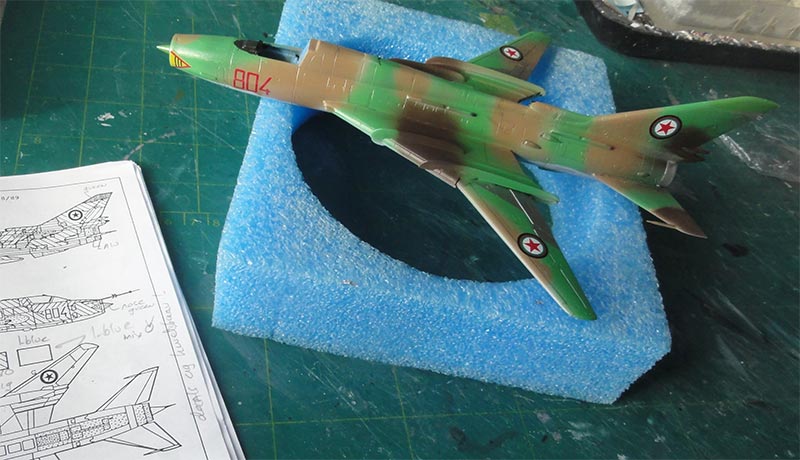
Before setting the decals, ensure a gloss surface to avoid "silvering", that is spoiling the appearance due to trapped air bubbles below the decals.
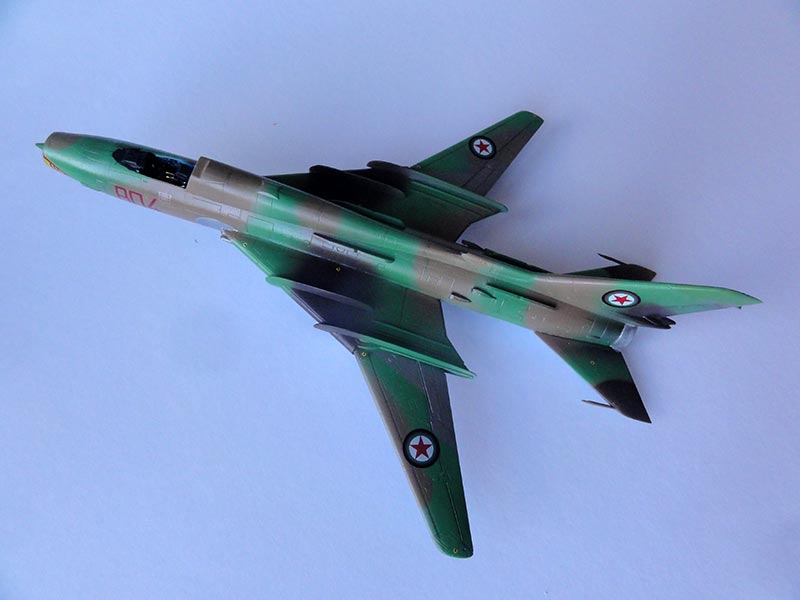
The landing gears were set as described earlier for the other made Bilek models. Some panels were highlighted with a soft pencil. I painted now the gear bays medium blue.
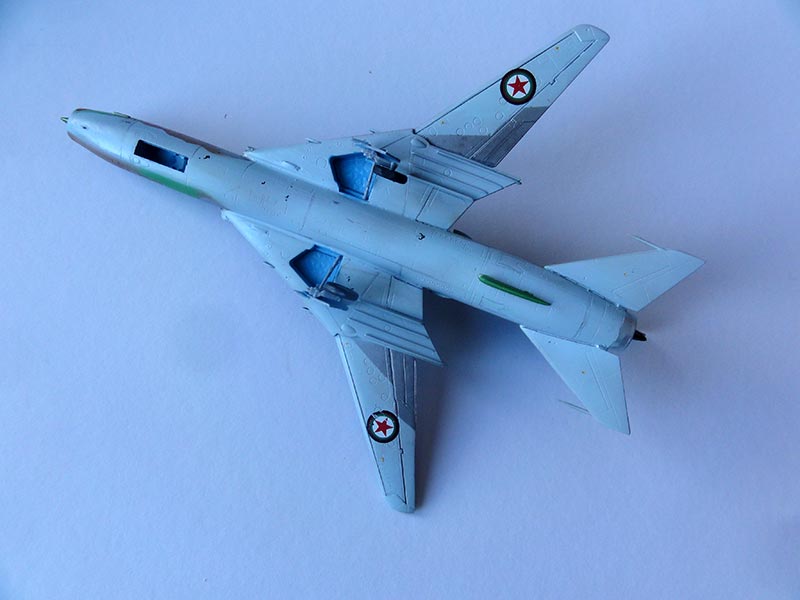
Some smaller decals stencilling were used from a Hi-Decal Line set 72-031.
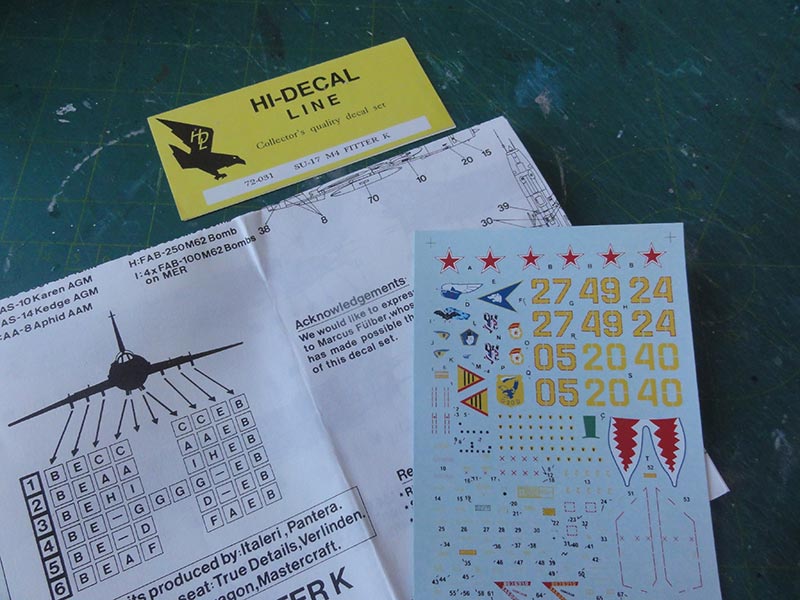
The remainder of the model was completed as described for the earlier made models.
For this model it was decided to add 4 pylons parts #C45/5 with dumb FAB-500 bombs. The pylons and stores as per kit were set and their location is shown in the kit instructions step 8 as option "B".
And the kit pitot tubes replaced, again made with needles and bits as were the gun barrels.
An overall semi-matt varnish coat was airbrushed as described earlier and that completed the model.
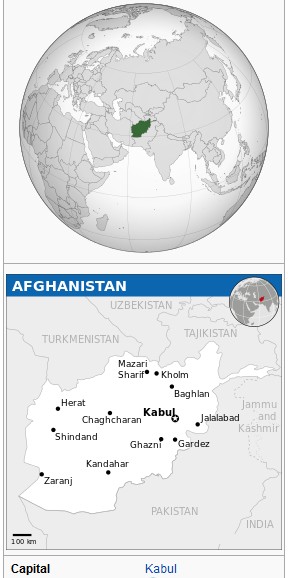

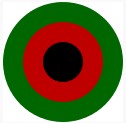

 < old
< old Afghanistan
 .
.  .
.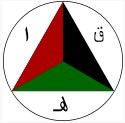
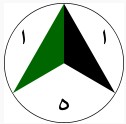
[ area 652.000 sq.km | capital: Kabul | population 32 million | GDP USD 700 per inhabitant nom.]
Afghanistan is a land locked country in central Asia. It has several ethnic Islamic groups in several isolated mountain regions.
The Afghan Air Force operated an unknown number of various Sukhoi "Fitters" and these included from probably 1983 several SU-17M2, SU-22M3 and SU-22M4 and SU-22UM3K trainers.
For more information about the Afghanistan air force, look at the MiG-17 page here....
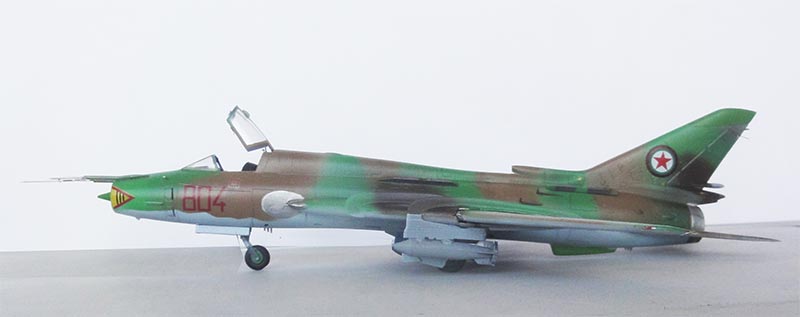
The pilot of this particular Sukhoi SU-22M4 serial 39204 coded red 804 defected to Pakistan flying to Peshawar air base on July 6, 1989.
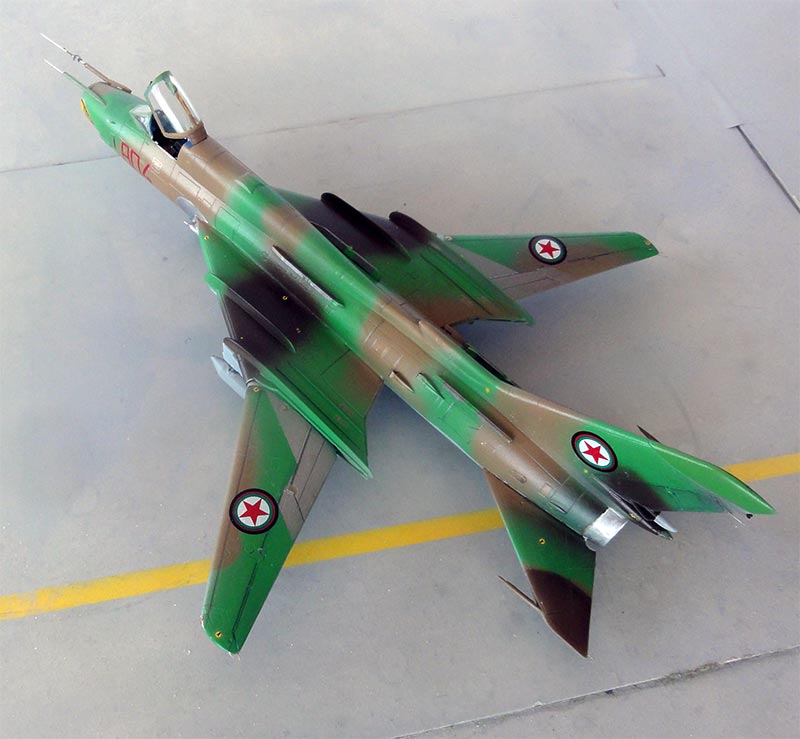
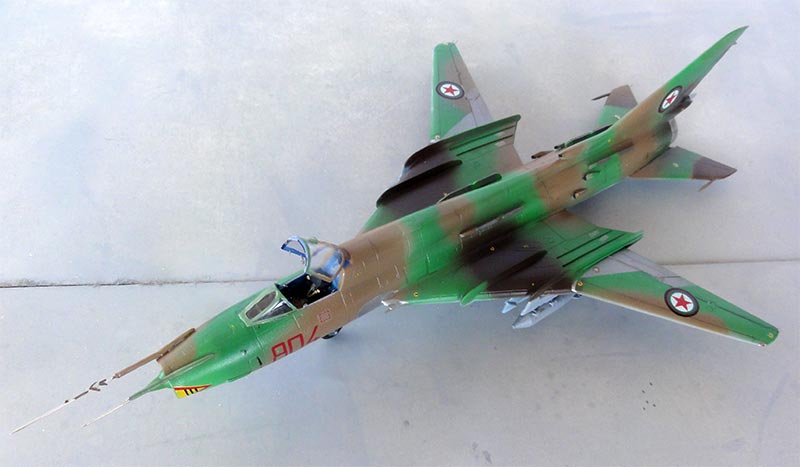
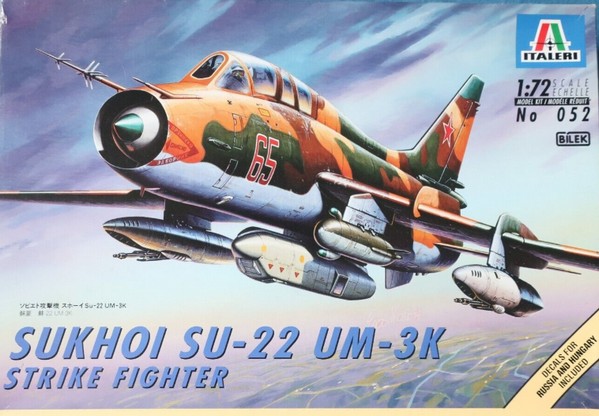

Italeri released in cooperation with Bilek the 1/72 SU-22 UM-3K kit #052 in 1995. It is for a two seat trainer with instructor in the back and student pilot at front. Italeri provides a different sprue A with the two seat style main fuselage which has the (correct) same overall length as the single seat SU-17 / SU-22. A bonus is that this sprue in this kit has not only the recon pod, dumb bombs but also additional stores like S-24 unguided air to surface missiles, their APU-68UM3 launchers as well as V-141 ECM pod. An extra ejection seat is obviously also provided.
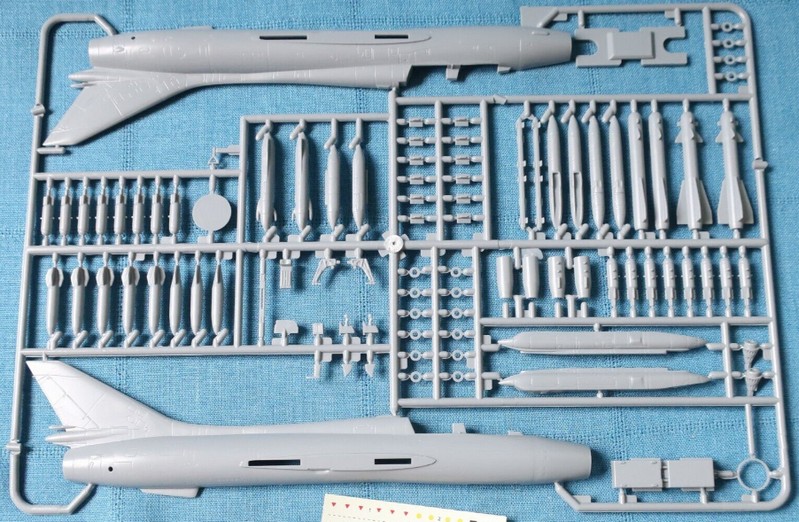
Sprue B with wing parts and sprue C are similar as the Bilek single seat kits described above.
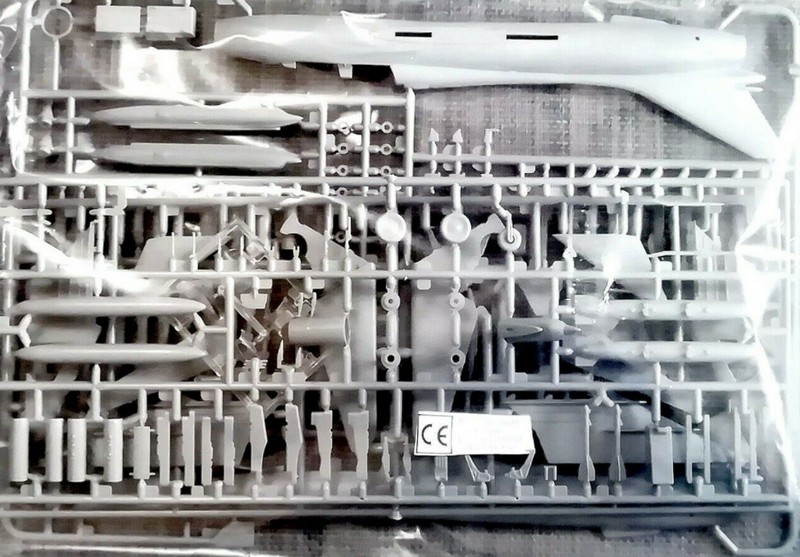
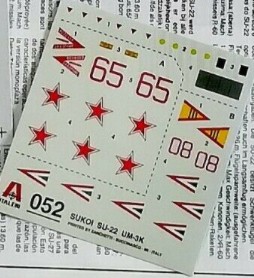
The decals are rather basic with choice of:
-A- SU-17M3 Soviet air force (SSSR/CCCP) in camouflage scheme.
-B- SU-22 UM3 Hungary air force, 1 group KAPOS at Kaposvar air base 1992.
Unfortunately there is not a lot of smaller stencilling decals provided.
(this same kit was made as a Polish Air Force aircraft more than 25 years ago...)

This SU-22 UM-3K model will be made in the second scheme of the Hungarian air force. Similar to Bilek, the colours are suggested with Model Master enamels.
Main model assembly was very similar as to the single seat Bilek kits. The fuselage with the two seat cockpit was made as per kit. Some putty and sanding was needed, again mainly at the wing-fuselage joints and the intake ring #3A. The 4 chaff flare dispensers were also installed on the mid and rear fuselage.
After the model had obtained a base grey primer coat airbrushed, the Hungary air force colour scheme was next.
I opted to airbrush these acrylic paints:
- lower surfaces grey about FS36375 with Gunze Sangyo Mr.Color 308.
- upper camouflage: green about FS34092 Gunze 302, green about FS34097 Gunze 340 and tan brown Gunze 310.
Some masking was done and free hand airbrushing.
Decalling was done after the model got a gloss varnish coat.
The Hungary markings came from the kit. Note that Italeri decals tend to "silver" so ensure really a gloss base coat before setting on the model. I even "dragged each" decal through some Johnson Future/ Pledge and than set a decal on the model and dabbed with a cotton cloth. Smaller decals stencilling were used from other kits and again Hi-Decal Line set 72-031.

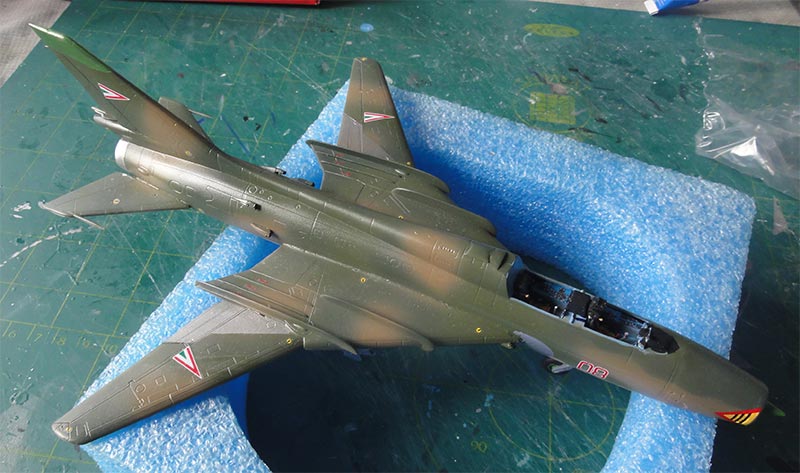
The smaller bits of the model were now installed like gears and nose pitot and probe.
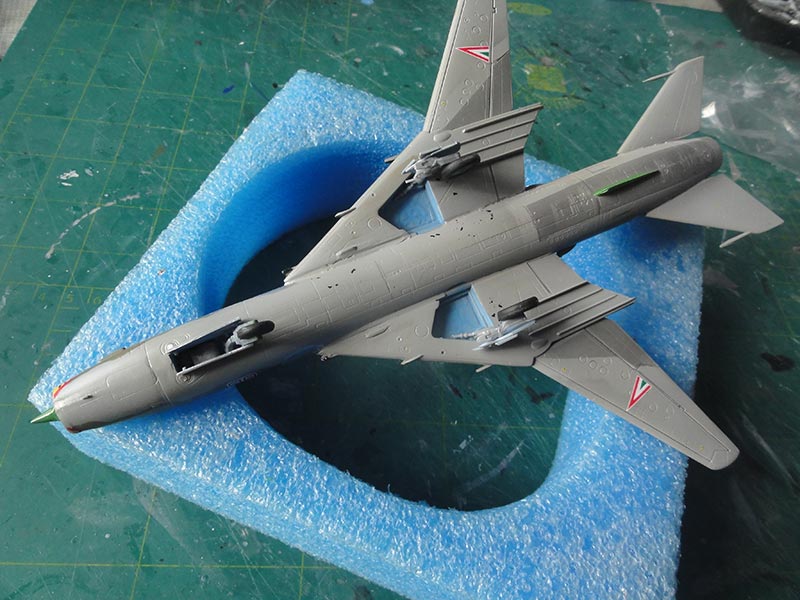
The 2 seats type "K-36" from the kit got some extra details with scrap straps from tape slices. I painted the cockpit interior a mix of light grey with a drop of blue.
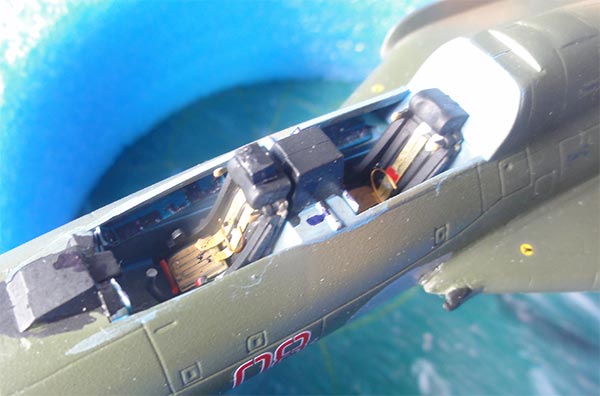
Some instrument decals were used from the spare decals box.
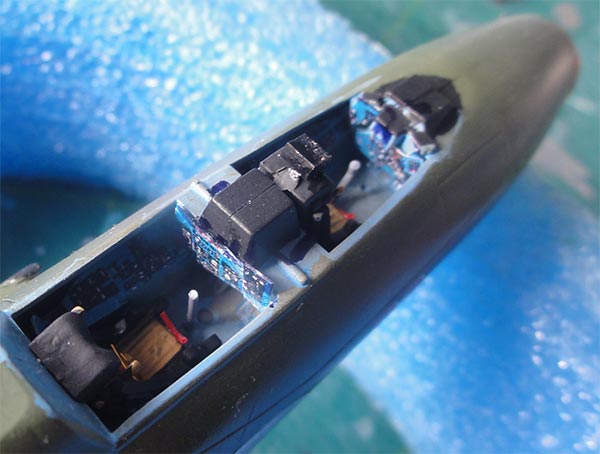
Windshield and mid clear section frames were painted along with the canopy frames. Their insides were painted a mix of light grey with a drop of blue. Windshield and mid section were glued with white glue.
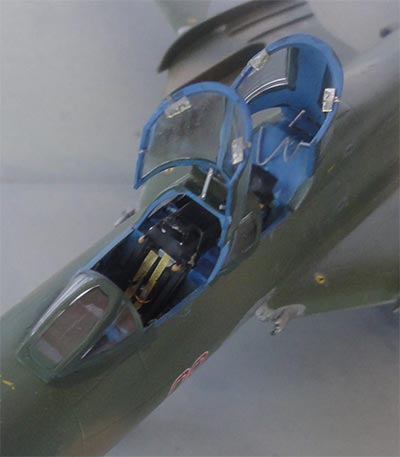
The canopies would be set tilted open. Inside the front canopy 2 mirrors and in the rear canopy 2 mirrors were set; these were made from etched metal bits from the spares box. Their inside frames were painted medium blue.
The blow-in doors at the lower forward fuselage were suggested with thin black lines painted to suggest the gaps.
Only a large KKR-1TE reconnaissance pod was set below the center fuselage. It is in the kit and was painted dull silver and got the kit decals.
(the left over stores and pylons were used for many other models).
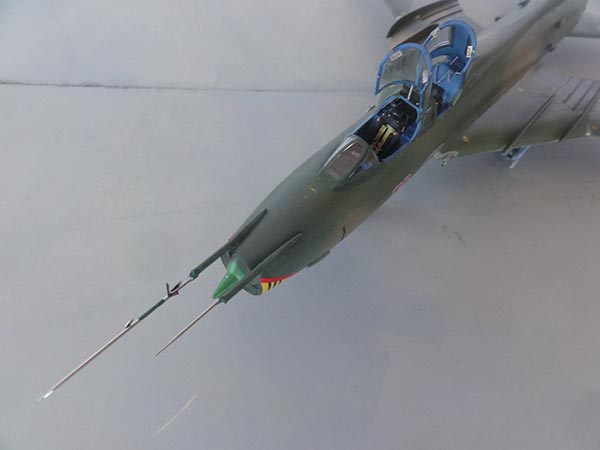
The kit pitot tubes were replaced, again made with needles and bits.
An overall semi-matt varnish coat was airbrushed as described earlier. Shield off the clear cockpit areas. That completed this model.
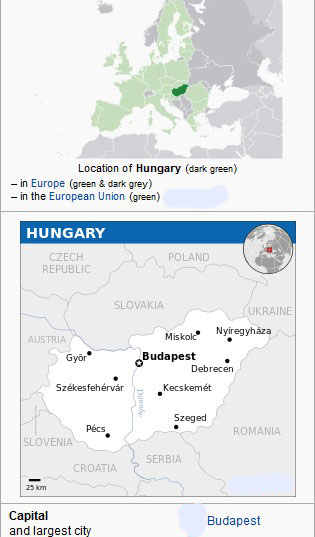 ..
.. ..
..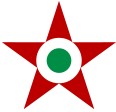

[ area 93,000 sq.km | capital: Budapest | population 9,7 million | GDP 22,000 Euro nominal per capita [2024]
After the Second World War, Hungary became part of the Communist Eastern Block with armed forces through the Warsaw Pact. Large numbers of Soviet aircraft were used by the Hungarian air force "Magyar Légiero". In the 1980s some 12 SU-22M3 and 3 SU-22UM-3 trainers were delivered.
For more information about this air force, look at the MiG-15 page here....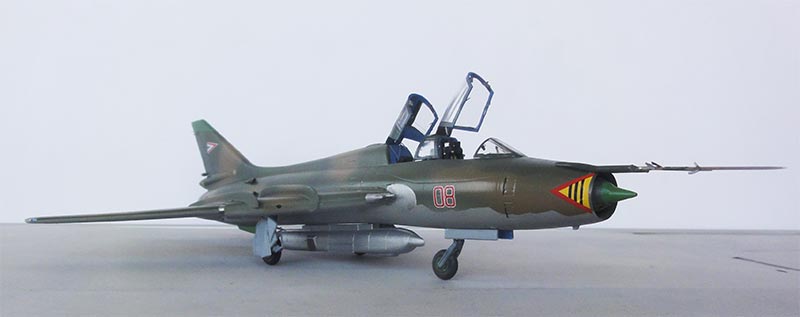
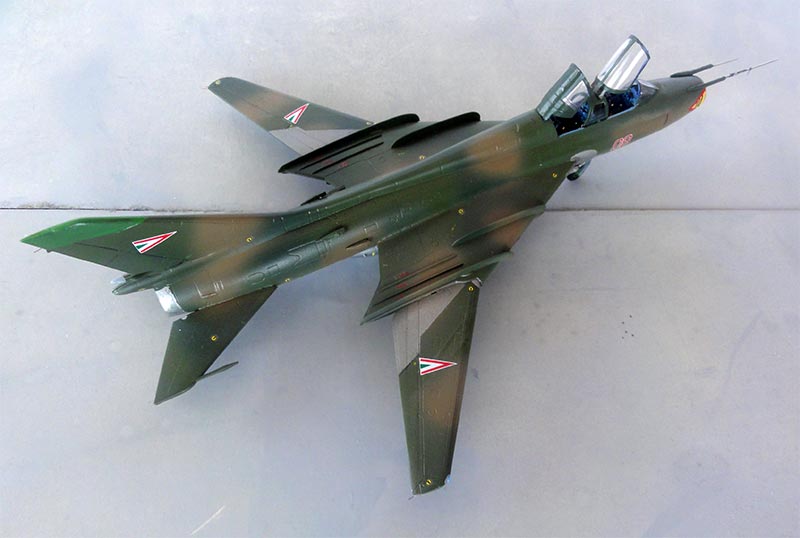
SU-22UM-3k, code "red 08", c/n 17532390304, Magyar Legiero. Based at Taszar 1990s.
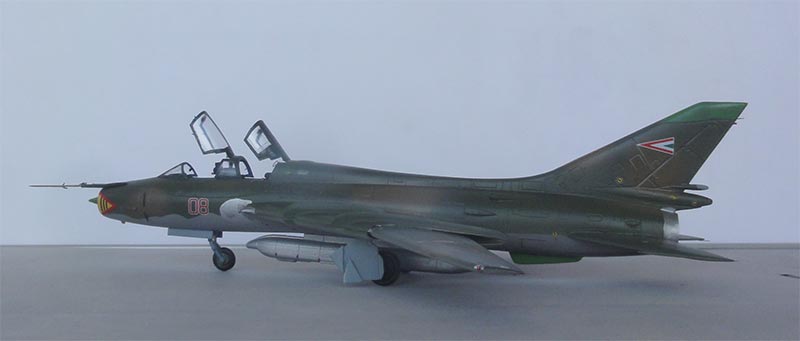
On to next [ Page 2... ]
References:
- Air international, various volumes, vol 20, page 170
- Zlinek, Su-17/22, 1997
- Soviet Wings, Dzhus, Greenhill Books
- Squadron Signal 90: Fitters in Action
- Soviet & Russian Aircraft in Asia, Yefim Gordon & Dimitriy Komissarov, Hikoki publications, 2014
- Soviet & Russian Aircraft in Africa, Yefim Gordon & Dimitriy Komissarov, Hikoki publications, 2014
- Soviet & Russian Aircraft in Middle East, Yefim Gordon & Dimitriy Komissarov, Hikoki publications, 2014
Web:
wiki Fitter page...
(c) Copyright "designer"/ All rights reserved. Your comments are welcomed by webmaster
Created this page June 21, 2025